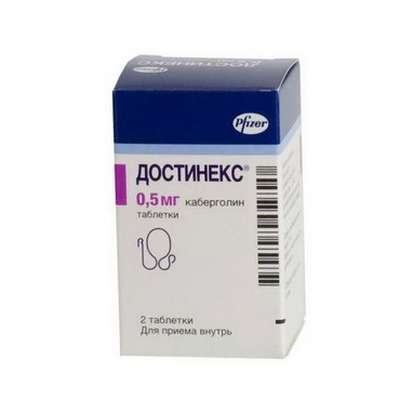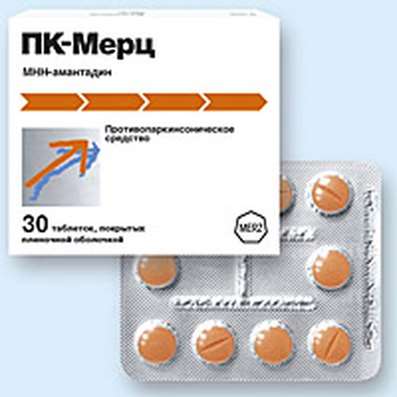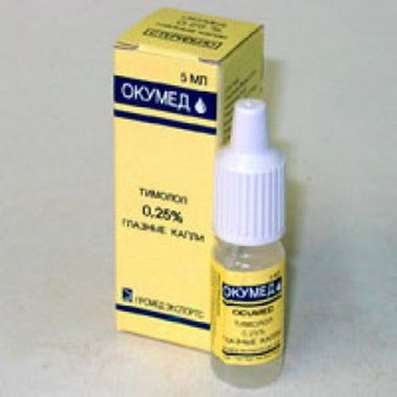Instruction for use: Aprofene (Aprophenum)
I want this, give me price
Chemical name
2- (Diethylamino) ethyl ester of alpha-methyl-alpha-vinylbenzene acetic acid (as hydrochloride)
Pharmacological group
M-, n-anticholinergics
Nosological classification (ICD-10)
I70.2 Atherosclerosis of the arteries of the extremities
Arteriosclerosis obliterans, Arteriosclerosis of peripheral arteries, Atherosclerosis of lower limb arteries, Atherosclerosis of peripheral arteries, Atherosclerosis of the vessels of the extremities, Obliterating disease of lower extremities, Obliterating atherosclerosis, Obliterating arteriosclerosis of lower limb arteries, Obliterating arteriosclerosis of the vessels of the upper limbs, Obliterating atherosclerosis of vessels of lower extremities, Atherosclerosis of the arteries of the extremities,Arteriopathy of the extremities, Obliterating atherosclerosis of the vessels of the extremities, Obliterating arteriosclerosis
I73 Other peripheral vascular disease
Angiopathy peripheral, Arteriopathy of the extremities, Disease of the arteries of the extremities, Peripheral arterial blood flow disorders, Insufficiency of arteriovenous blood circulation, Obliterating Artery Disease, Obliterating endarteritis, Obliterating endarteritis with severe intermittent claudication, Chronic obliterating diseases of the arteries of the extremities, Chronic obliterating diseases of peripheral arteries, Endarteritis obliterans, Ischemic lesions of feet
K25 Gastric ulcer
Helicobacter pylori, Pain syndrome in gastric ulcer, Pain syndrome in gastric ulcer and duodenal ulcer, Inflammation of the gastric mucosa, Inflammation of the gastrointestinal mucosa, Benign gastric ulcer, The disease of the stomach and duodenum, asotsiirovannoe with Helicobacter pylori, Aggravation gastroduodenita on the background of peptic ulcer, Exacerbation of peptic ulcer, The aggravation of gastric ulcer, The organic gastrointestinal disease, Peptic ulcer of the stomach and duodenum, Postoperative gastric ulcer, Recurrent ulcers, Symptomatic gastric ulcers, Chronic inflammatory disease of the upper gastrointestinal tract, associated with Helicobacter pylori, Helicobacter pylori eradication, Erosive and ulcerative lesions of the stomach, Erosive lesions of the stomach, The erosion of the gastric mucosa, Peptic ulcer disease, Stomach ulcer, Gastric lesion, Ulcerative lesions of the stomach, Symptomatic ulcers of the stomach and duodenum
K26 Duodenal Ulcer
Pain with duodenal ulcer, Pain syndrome in gastric ulcer and duodenal ulcer, The disease of the stomach and duodenum, asotsiirovannoe with Helicobacter pylori, Exacerbation of peptic ulcer, The worsening of duodenal ulcer, Peptic ulcer of the stomach and duodenum, Relapse of duodenal ulcers, Symptomatic ulcers of the stomach and duodenum, Helicobacter pylori eradication, Erosive and ulcerative lesions of the duodenum, Erosive-ulcerative lesions of duodenal ulcers associated with Helicobacter pylori, Erosive lesions of the duodenum, Duodenal ulcer, Ulcerative lesions of the duodenum]
K31.3 pilorospazme, not elsewhere classified
Spasm of smooth muscle in diseases of the digestive tract, Spasms of the digestive tract smooth muscle, stomach Cramps, Spasms of the pylorus, Spastic condition of the gastrointestinal tract, pilorospazme, pyloric spasm
K58.9 Irritable bowel syndrome without diarrhea
Spasms of smooth muscles of the gastrointestinal tract, Spasms of the intestine, Spastic Colitis
K81 Cholecystitis
acute cholecystitis, chronic cholecystitis, Empyema of the gall bladder, holetsistopatii, Holetsistogepatit,Cholecystitis, obstructive cholecystitis
N23 Renal colic unspecified
Pain in renal colic, Pain smooth muscle spasm, Pain spasm of smooth muscles (renal and biliary colic, intestinal spasms, dysmenorrhea), Pain spasm of smooth muscles of internal organs, Pain spasm of smooth muscles of internal organs (kidney and biliary colic, intestinal spasms, dysmenorrhea), renal Colic, ureteral colic, Renal colic, Renal colic with urolithiasis, Kidney disease, Spasm of smooth muscle in diseases of the urinary system, The spasm of the urinary tract, The spasm of the ureter, The spasm of the ureters, Spasms of the urinary tract, Spasms of the urinary tract
O62.2 Other uterine inertia
metroparalysis; The weakness of labor activity; Decreased uterine tone; Induction of labor; Induction of labor at term; Induction of labor at term or near term; Activation of labor
Code CAS 3563-01-7
Characteristics
White crystalline powder. Easily soluble in water, ethanol and chloroform. It is difficultly soluble in acetone and benzene, very little in ether.
Pharmacology
Pharmacological action - vasodilator, spasmolytic.
Competitively blocks central and peripheral m- and n-holinoretseptory. Reduces the tone and contractility of the smooth muscles of the gastrointestinal tract and urinary tract (spasmolytic effect). Expands blood vessels, incl. Coronary. Increases the activity of myometrium, promotes the opening of the cervix in the first stage of labor.
Indications
Spasm of smooth muscles in diseases of the gastrointestinal tract and urinary system (spastic colitis, hepatic and / or renal colic, cholecystitis, pilorospasm, peptic ulcer of the stomach and duodenum, nephrourotilisias), spasm of cerebral vessels, endarteritis, weakness of labor.
Contraindications
Hypersensitivity, glaucoma, prostatic hyperplasia, acute renal and / or hepatic insufficiency.
Side effects
Dry mouth, dysphagia, thirst, irritation of the gastric mucosa, constipation, accommodation paresis, indigestion, CNS depression, dizziness, impaired coordination of movements, increased intraocular pressure, urinary retention.
Interaction
Sedation reduces caffeine (inside, 0.1-0.2 g or 1 ml of 20% solution sc).
Overdose
Symptoms: dizziness, feelings of intoxication, hallucinations, psychomotor agitation, headache, paralysis of accommodation, increased peripheral cholinolytic effects, arrhythmia, dysfunction of the respiratory and vasomotor center.
Treatment: administration of anticholinesterase drugs, detoxification therapy.
Routes of administration
Inside.
Precautions
Do not appoint patients without work exemption, the profession of which is associated with increased concentration of attention.

 Cart
Cart





